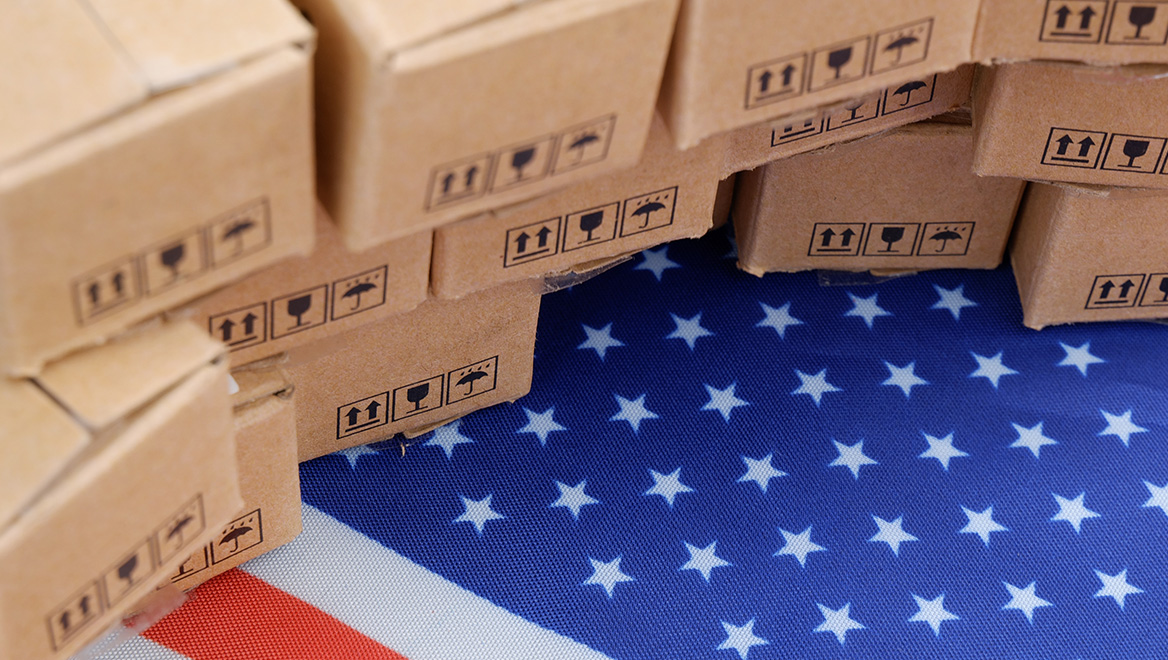Bank Risk in the Era of Tariffs
4/10/2025

Even with President Trump temporarily limiting tariffs yesterday, banks need to be ready for a new world where tariffs have a much larger role in the economy, say industry watchers Jill Cetina, Mark Zandi, and John Silvia. In a new RMA Journal article, the panel of experts shared practical insights on how tariffs—and the economic uncertainty that can accompany them —could affect banks, borrowers, and the broader economy. Here’s what they say banks should be focusing on:
Scrutinize borrowers that rely on imports. From construction to consumer goods, import-heavy industries could see margins shrink fast. Silvia, founder of Dynamic Economic Strategy and former chief economist at Wells Fargo, urged banks to examine “how much imports matter to any individual company.”
Expect weaker loan demand in key sectors. Tariffs raise costs across the board—housing materials, cars, appliances—which could dampen both business and consumer demand. “You sell less cars, therefore you make fewer loans,” Zandi, chief economist at Moody’s Analytics, noted.
Prepare for credit quality to deteriorate. Higher costs and slowing demand can squeeze cash flow and drive up delinquencies. Zandi pointed to credit cards and consumer finance as particularly vulnerable, especially if borrowers are already stretched.
Don’t assume protected industries are safe. Tariffs might offer a short-term boost to some U.S. manufacturers, but that doesn’t guarantee long-term resilience. Zandi said that even manufacturers who benefit from protectionist tariffs at first may not come out ahead. “If we go into a recession,” he said, “I don’t know that you’re a winner.”
Beware of stagflation. Cetina, executive professor of finance at Texas A&M and a former Fed and OFR official, believes it’s now “more likely than not” that the U.S. will face a combination of slowing growth and rising inflation. That mix could increase loan losses and reduce capital, Zandi said, particularly in commercial real estate.
Stress-test export-heavy business borrowers. With export businesses facing increased pressure from both tariffs and foreign retaliation, Silvia warned that the environment for them will continue to be tougher than what they are accustomed to—even if some tariffs are rolled back. “We’re not going back to [where] we were three months ago,” he said.
Look for pockets of opportunity. Cetina suggested that banks explore ways to grow fee-based business lines and highlighted foreign currency deposits as one promising example. “A common vendor platform already exists that allows U.S. banks to offer multi-currency accounts,” she said, noting that few banks currently provide FDIC-insured foreign currency deposits to U.S. retail customers. Such a product, she added, is “responsive to concerns about the possible erosion of the U.S. dollar’s reserve currency status, while being far less risky to a bank than crypto or stablecoin.” Zandi pointed to productivity gains and AI adoption as reasons for cautious optimism, noting, “Productivity solves a lot of economic problems. It lifts incomes, lifts corporate profits, helps address the fiscal situation, keeps inflation down.”
Bottom line: Be cautious—but prepared. With uncertainty still swirling, big moves may need to wait. As Zandi put it, “It’s hard to make a big decision if you don’t know the rules of the game.”


